Price: $37.00 - $24.80
(as of Nov 08, 2024 13:20:35 UTC – Details)

An all-in-one resource on everything electronics-related!
For almost 30 years, this book has been a classic text for electronics enthusiasts. Now completely updated for today’s technology, this latest version combines concepts, self-tests, and hands-on projects to offer you a completely repackaged and revised resource. This unique self-teaching guide features easy-to-understand explanations that are presented in a user-friendly format to help you learn the essentials you need to work with electronic circuits.
All you need is a general understanding of electronics concepts such as Ohm’s law and current flow, and an acquaintance with first-year algebra. The question-and-answer format, illustrative experiments, and self-tests at the end of each chapter make it easy for you to learn at your own speed.
Boasts a companion website that includes more than twenty full-color, step-by-step projectsShares hands-on practice opportunities and conceptual background information to enhance your learning processTargets electronics enthusiasts who already have a basic knowledge of electronics but are interested in learning more about this fascinating topic on their ownFeatures projects that work with the multimeter, breadboard, function generator, oscilloscope, bandpass filter, transistor amplifier, oscillator, rectifier, and more
You’re sure to get a charge out of the vast coverage included in Complete Electronics Self-Teaching Guide with Projects!
Publisher : Wiley; 4th edition (July 31, 2012)
Language : English
Paperback : 608 pages
ISBN-10 : 1118217322
ISBN-13 : 978-1118217320
Item Weight : 2 pounds
Dimensions : 7.3 x 1.2 x 9.2 inches
Customers say
Customers find the book very good for understanding basic principles and simple algebraic math. They say it provides nice tutorials on such things as JFET and bipolar transistors. Readers also mention the book works perfectly and is useful. However, some customers report that the book contains errata, typos, and incorrect information. Opinions are mixed on readability, with some finding it well-written for novices, while others say the content is hard to read and the explanations are skimpy.
AI-generated from the text of customer reviews









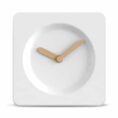

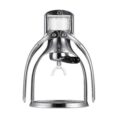
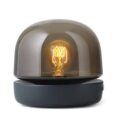















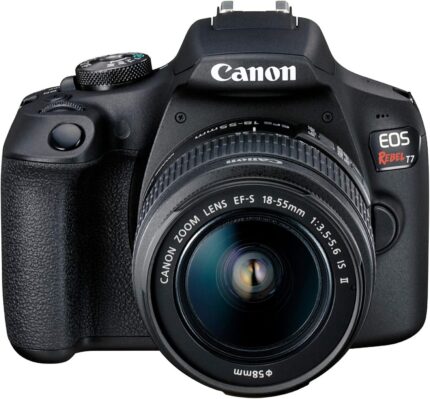
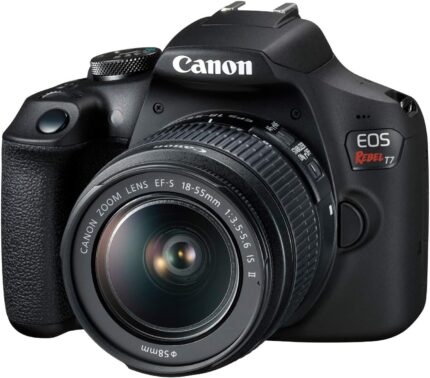


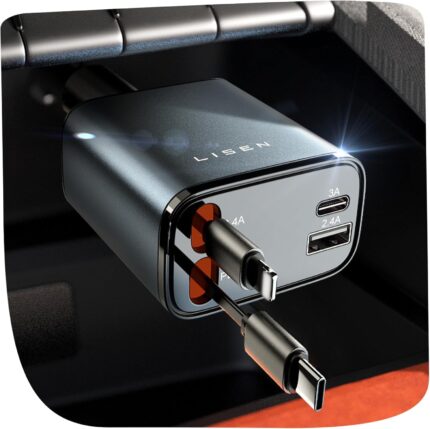




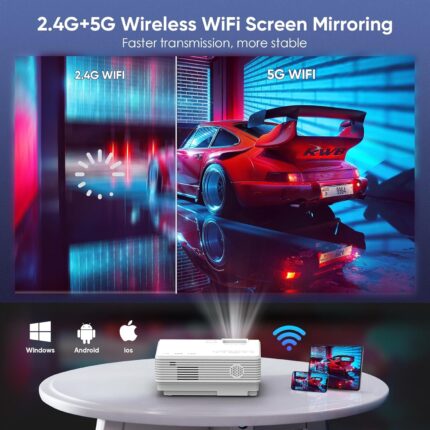
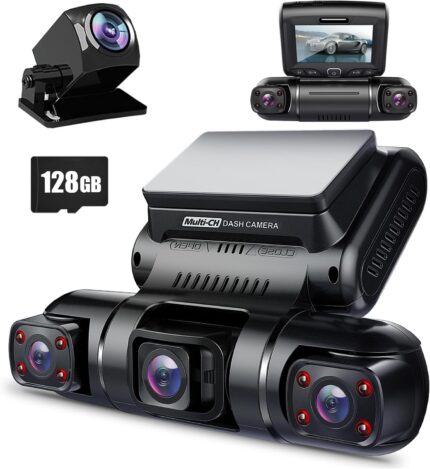
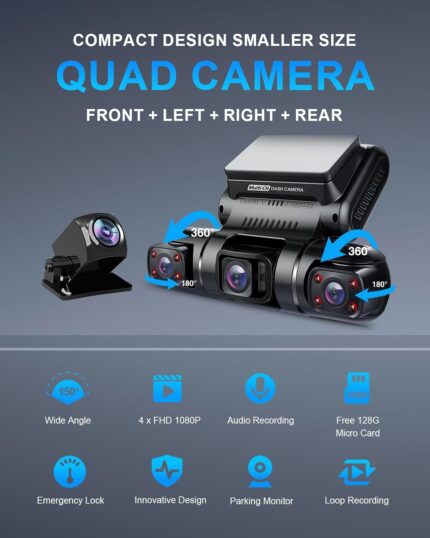
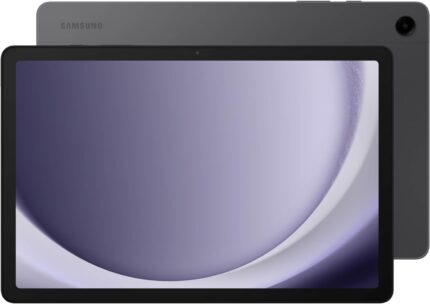
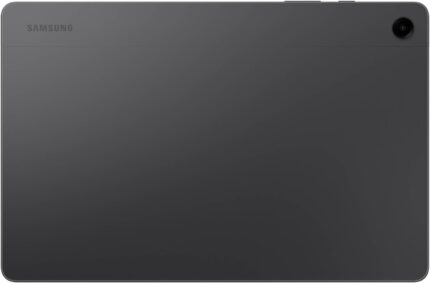
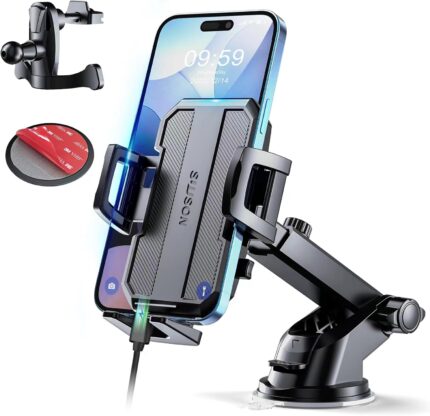


Albert –
More of a fórmula manual than a teaching guide
I got this book to brush up on my electronics knowledge for a new job (havenât used my electrical engineering degree in some time, but thatâs another story)â¦however this book gives a brief explanation of each component and then follows up with the formulas and examples of using these formulasâ¦I wanted more of a book that reminded me of what each component does and itâs schematic symbolâ¦but I still gave this book 5 stars because it is well-written, provides proper instruction and doesnât miss any important infoâ¦itâs more of a serious read than other âfor beginnersâ books but it is still a worthwhile investment.
KL –
A great book to learn electronics!
This is one of the best electronics books I have seen to date, especially for the price. The material is presented in an easy to read and understand manner. Some sections may sometimes come across a bit brief, or incomplete, but sometimes that is all that is needed to learn a certain topic. Sometimes, too much, is too much… There are many lab exercises, and most of us will find that we do not have the equipment/test equipment needed to complete them. I do feel they shouldn’t have included these in the book, but sometimes doing it is easier to understand than reading about it. Also, throughout the book, there are questions and answers about what you had just read, which is great, but sometimes they put the answers just below the questions on the same page. I feel that the answers should have been placed at the end of the chapter or somewhere else in the book instead. This is a all-in-one book, an overview of electronics that a person can understand without further instruction. But, if there is something you find that you want to know more about after reading through this book, then I would suggest purchasing a more expensive textbook or a more specialized book afterwards. As I am sure you will see from reading other reviews, there is a bit of complaints about errors. As with any book, especially technical books, there will be some mistakes no matter how hard the authors and editors try to avoid them. Yes, as stated, there are a few errors, but with a little patience and research, and if you are astute enough to notice the error, than it will be easy enough to correct it by writing over what is incorrect. Overall, “Complete Electronics” is a great read.
Malamati –
Fairly Complete, Fairly Essential
A very good introduction to the fundamental concepts and (discrete) devices used in modern electronic practice. If you want a “hands-on” experience, and are willing to put in the time, this book (structured in modules that walk you through practical examples of how devices and basic circuits work) could be a good choice.I note the criticisms by other reviewers, and don’t disagree with them. I’ve been less than completely satisfied by the format (as noted elsewhere, “backwards” Q-&-A ordering), and sometimes the explanations are skimpy. Just one example: the section on diodes, particularly the functioning of zener diodes, just wasn’t adequate for me–I had to consult other books in my library (which had more detail and informative graphs) to feel that I had really grasped the material. I’m still “in progress” with this one, so will reserve further judgment for later.Despite those shortcomings, this self-paced, self-teaching program really does have a lot to offer the beginner.NOTE that if you do all the exercises in this book, it could be costly, depending on how well-supplied your workshop is right now. (And one of the very few missing ingredients of this book is an introductory section with a complete list of devices and supplies that are needed to complete each section).At a minimum, you’ll need a breadboard with jumpers, alligator clips, and appropriate devices (transistors, resistors, diodes, coils, and so forth); a power supply; at least one multimeter (and several of the exercises show THREE DMM’s in play for simultaneous measurement of circuit parameters like voltage, resistance, and/or current), an oscilloscope, and a function generator. Obviously, if you don’t have a particular item, you can forego the exercise, but for maximum return, it’s clearly best to have all of these gadgets on hand, either through purchase or borrowing.The arrangement of this book is sequential and logical, the writing is generally clear and readable, and the examples are practical and informative.
S.M. Del-Gado –
Great refresher course in electronics
This book is written in simple language that makes it easy to understand the concept. There are no derivations therefore no higher math than simple algebra is needed. Equations needed are supplied. The book also includes experiments to visually illustrate electronic concepts. It’s well written for the novice or the more advance student that desires a refresher course.
David Diaz –
Errata
be sure to download the errata pages at website given at the end of book. Important to avoid learning confusion.
jf84 –
Requires some prior knowledge of electrical theory
Just a heads-up that this is not for the complete novice. The book begins with a review of DC theory which may be enough to get you caught up, but you’ll realistically need at least some basic understanding of electrical theory. I’d recommend pairing this with a beginner’s book, or just finding a decent YouTube channel to get you up to speed.That said, it is a fantastic book. It’s organized much like a normal class with information, followed by questions to repeat and thus help retain what was taught, then end of chapter tests.This is a great book to accompany your first breadboard starter kit, and will quickly get you browsing around for a meter, then more components, and eventually you’ll be drooling over oscilloscopes.Excellent resource, no doubt a 5-star presentation and 5-star quality!
Garth M. Williams –
The book is well organized and explains concepts very carefully. You will do some calculating so keepthe calculator handy..
Christian –
Livre indispensable pour s’initier à l’électronique ; il y a un rappel des bases que chacun pourra approfondir par ailleurs au besoin facilement, et ensuite chaque domaine est abordé de façon très pédagogique, avec le souci de garder des mathématiques simples, et en fin de chapitre des petits labs proposés pour que la pratique rejoigne la théorie.Il faut néanmoins s’équiper au minimum d’un multimètre, d’un oscilloscope et générateur d’onde (on en trouve d’abordable chez Amazon qui font les trois, par ex Hantek).Par contre il aurait utile de faire une page récapitulant tous les composants utilisés pour les lab – et ainsi faire une commande groupée pour ne payer les frais de livraison éventuelles qu’une fois.Bref, un très bon point de départ pour découvrir le monde de l’électronique et ses principes de base.
Harri Potter –
Excellent book, covers all the basics in a well explained yet simple manner. As a newbie to electronics I found this invaluable and still do as a reference text.
DSG –
The book will indeed be helpful for both, those who wish to take up electronics as a hobby and also for those with a background, but have lost touch.However, there are many errors, which can put the readers in a quandary. For those, learning for the first time, or unfamiliar, the errors in problems can create doubts about their assimilation of the subject, which is a serious flaw for a self teaching guide. It would also seem that the authors are not bothered about taking feed back from the readers about such errors or for other improvement ideas, since there is no contact mail address to communicate with them in any way.All in all, a book that had the potential to become a standard reference, will never make the mark in its present avtar!
Peter Batley –
I find it a challenge to do my math’s again.